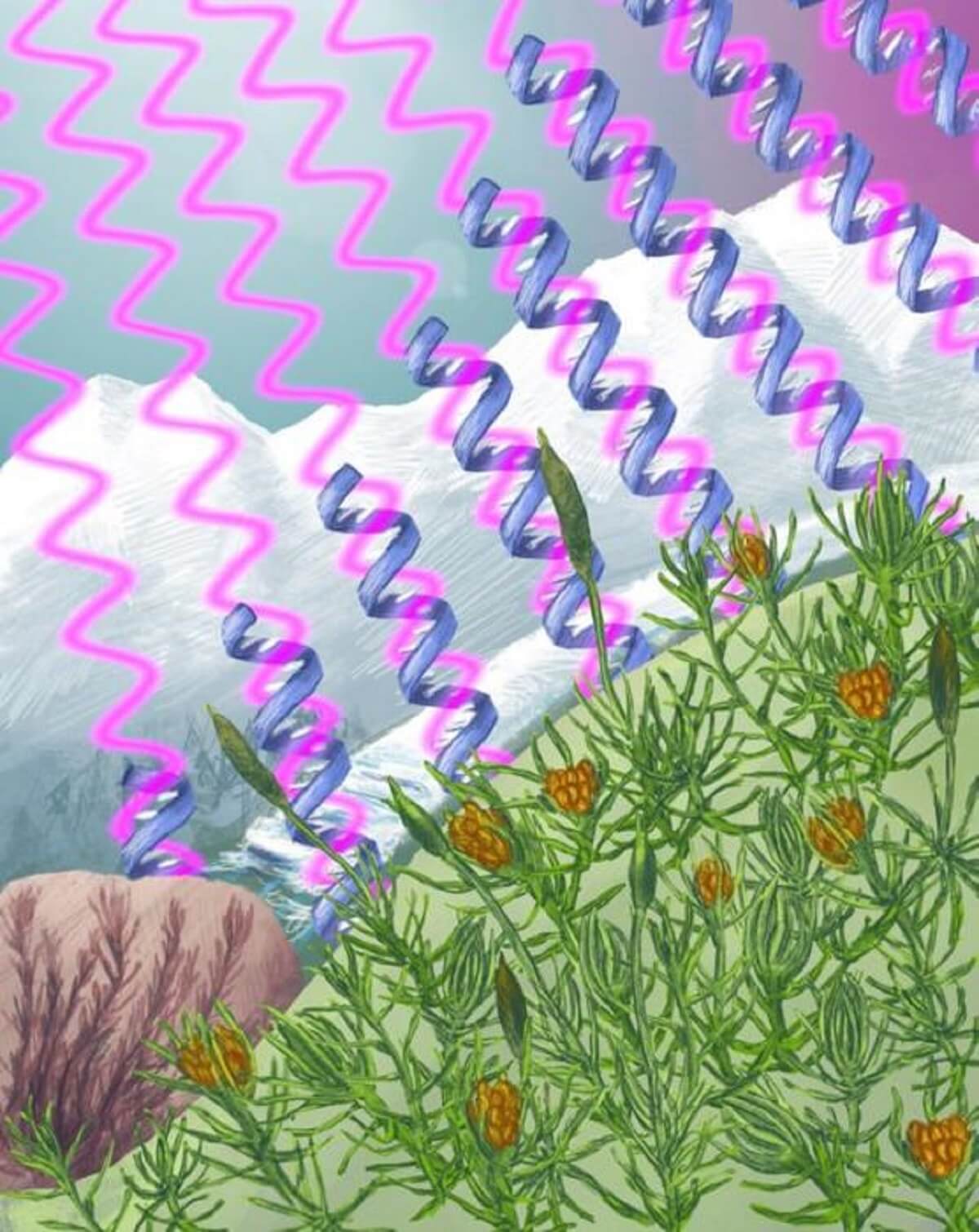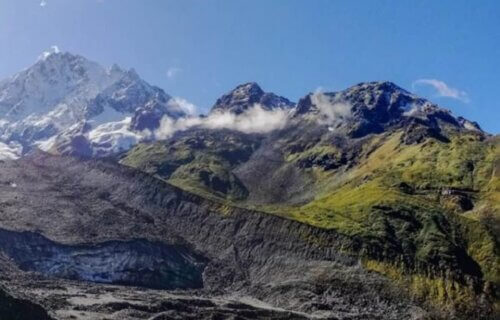FREIBURG, Germany — The survival of a “living fossil” that has been on Earth for 390 million years may be facing its greatest threat — climate change. A decade-long research project on the moss called Takakia has identified it as one of the fastest-evolving species in nature. This resilient moss, native to some of the planet’s most remote regions, like the Himalayas, has thrived by swiftly adapting to environmental changes — until now.
Unfortunately, the ancient moss is becoming increasingly rare, due to unprecedented levels of UV radiation. Researchers now estimate that this once seemingly indestructible plant may vanish within the next century due to the impacts of climate change.
Takakia predominantly resides on the icy precipices of the Tibetan Plateau, the world’s highest and largest plateau above sea level, but it is also found in parts of the United States and Japan. Over a 10-year span, teams from Germany and China undertook 18 expeditions to the moss’s habitat at 4,000 meters above sea level in the Himalayas.
This mountainous terrain, boasting the highest peaks globally, only emerged about 290 million years after the moss’s inception. When these mountains did arise, the moss was compelled to swiftly adapt to its new surroundings, which it successfully accomplished.

“The idea was to go as deep as possible into the history of the first land plants to see what they can tell us about evolution. We found that Takakia is currently the genome with the highest number of fast-evolving genes. It’s very active on the genetic level,” says Ralf Reski, a plant biotechnologist at the University of Freiburg in Germany, describing their challenging expeditions, in a media release.
The research revealed Takakia’s expansive genome had evolved over numerous generations, excelling at DNA repair, particularly from damage caused by UV radiation. Researchers say the plant developed a “flexible branching” system to endure in various locales.
Sadly, despite Takakia’s previous adaptative successes, its population has dwindled. The study indicates a 1.6-percent annual reduction in its Tibetan population. By the century’s end, researchers predict the moss’s habitable regions will diminish significantly, leading to doubts about its survival beyond the year 2100.
To enhance the moss’s survival odds, the scientists emphasize the importance of public education on lesser-known species and advocate for global collaboration to further study and protect Takakia.
“We need to not only focus on those charming animals such as the panda, polar bear, and the white dolphin, but also pay close attention to these rare and little species. They are more vulnerable under climate change, such as our moss Takakia,” emphasizes Ruoyang Hu, the co-expedition leader and plant biologist from Capital Normal University in Beijing.
“We humans like to think that we are on top of evolution. But the dinosaurs came and went, and so might humans, if we are not careful with our planet. Takakia may die because of climate change, but the other mosses will survive, even if we humans cannot,” concludes Reski. “You can learn a lot from the simplest plants about the history of this planet, and maybe the future.”
The study is published in the journal Cell.
South West News Service writer James Gamble contributed to this report.
You might also be interested in:
- Sixth mass extinction on Earth already underway, scientists say
- Fossilized brain of creepy ocean creature lends new insight into evolution of insects, spiders
- Climate change in prehistoric times gave our ancestors bigger brains, study explains

